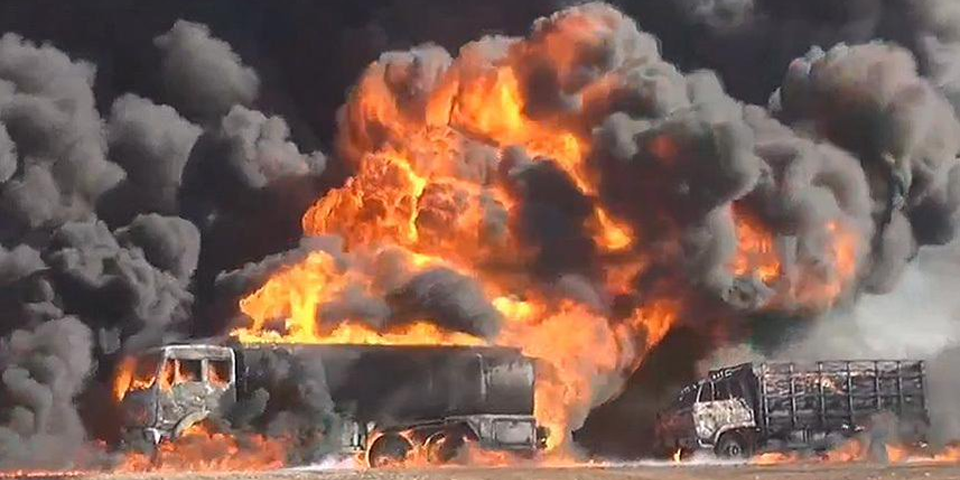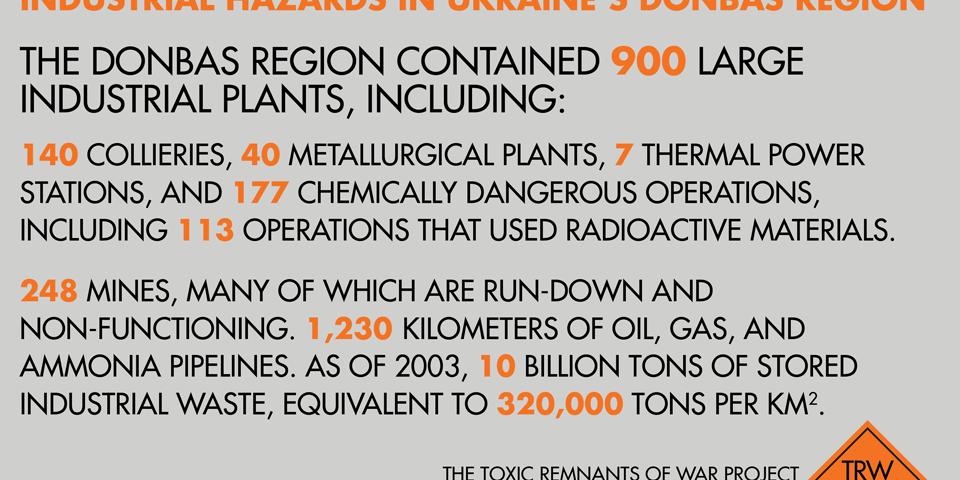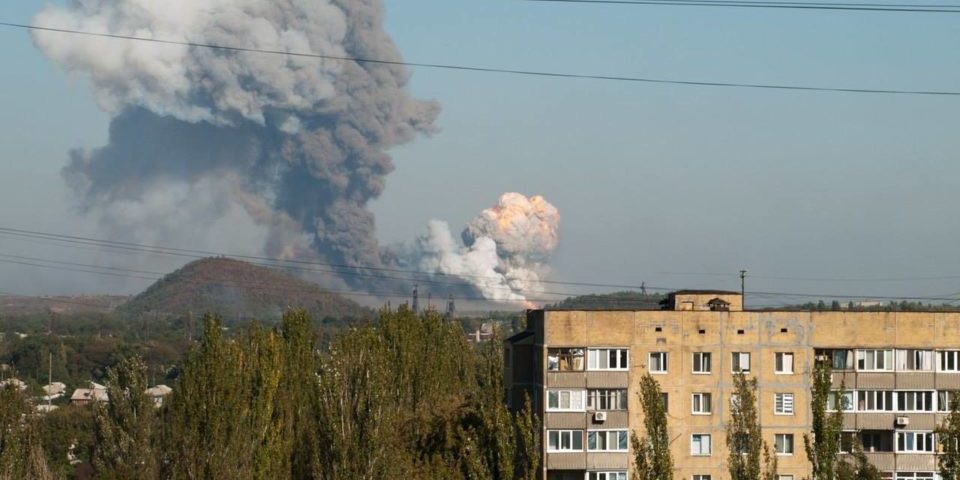Five years on: lessons learned from the environmental legacy of Syria’s war
The devastation wrought upon Syria has cost the lives of hundreds of thousands of civilians, wounding many more and displacing millions across the region and beyond. They have left behind cities turned to rubble, ravaged towns and barren lands scarred by fighting. To mark the 5th anniversary we propose five priorities to address the damage it has caused to Syria’s environment.








